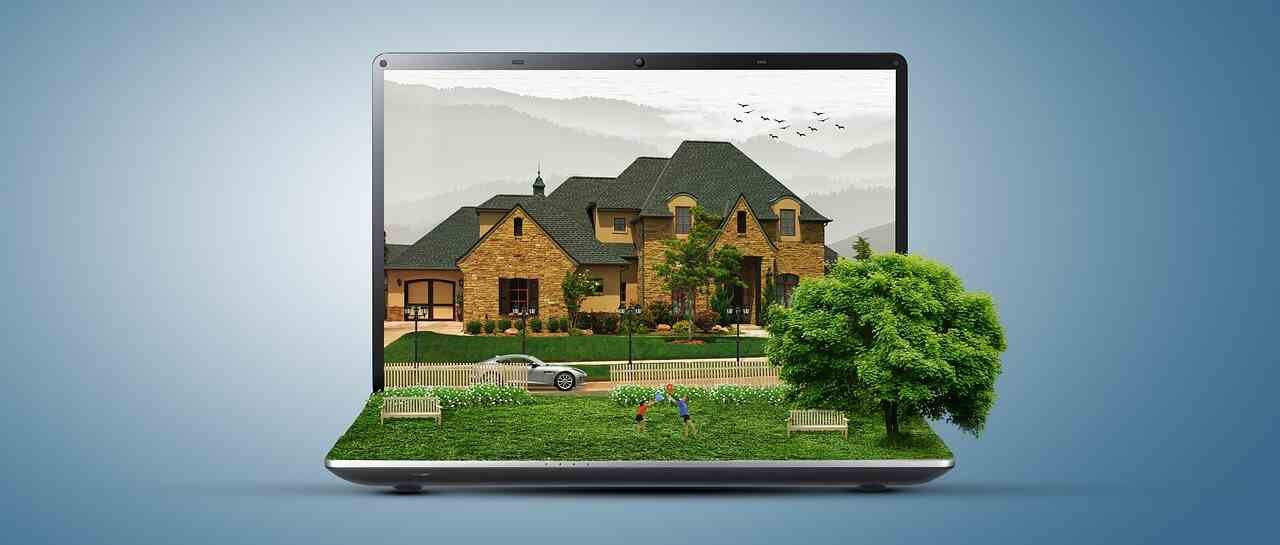Eco friendly actions to adopt for responsible digital technology
At the same time work tools, sources of entertainment, but also a means of storing data, the uses of digital technology are multiplying: today the share of digital technology in greenhouse gas emissions continues to increase, as does consumption of energy related to these uses, up 9% each year. This article is about eco friendly actions to adopt for responsible digital technology.
To reverse the situation, it is essential to learn how to moderate its uses and adopt good practices to move towards digital sobriety. Some tips to help you reduce your digital carbon impact.
Eco friendly actions to adopt for responsible digital technology | What to do?
Limit energy consumption
• Choose a wired or Wi-Fi connection at home rather than 5G or 4G.
• Unplug your equipment when you are away (consoles, chargers, etc.) and turn off your screens rather than putting them on standby, when you are not using them (TV, computer, tablet, etc.).
For better autonomy, we can activate the “energy saving” mode on our computer and on our smartphone (diminished brightness, automatic standby, black screen saver, etc.).
Let’s also remember to deactivate the GPS, Wifi, Bluetooth functions on our phone or tablet when we are not using it, or activate the “airplane” mode or even better, turn them off. And by closing or deleting unused applications, our smartphone will also gain autonomy.
We are used to leaving our devices permanently on or on standby (computers, box, TV). So let’s turn them off but above all unplug them! Because even extinct, they continue to consume. A programmable power strip can work wonders for your TV / box by cutting it off at night, for example.
Repair and recycle computer equipment
This is the very first thing to do: make our equipment last by taking care of and repairing it. Avoid buying new whenever possible.
Alternatives to new exist, more ecological and more economical!
Lighten email boxes
Sending emails is much more energy intensive than storing them. So let’s only send an email when it’s essential, let’s target the recipients by avoiding systematically “reply to all”, and delete the attachments of a message to which we reply.
As a general rule, the ideal is to avoid attaching attachments and to favor hypertext links to transmit documents. If we have no choice, we must lighten them by compressing the files and resizing the images.
Avoid systematically integrating an electronic signature with logos and images, this weighs down the emails with each sending.
Let’s use our company’s instant messaging service (if it exists) to chat with our colleagues rather than sending them an email.
Print only what is useful
Paper consumption has not decreased with the increase in digital usage. Print only what is useful by respecting these few eco-gestures:
- Print in black and white
- Print double-sided
- Avoid printing solid colors
- Reuse one-sided printed materials as drafts
Ecological Actions to Protect Our Environment
Extending the life of your IT equipment: a priority
From their production to their end of life, smartphones, tablets and computers have a considerable impact on the environment: with the extraction of metals and rare earths, increasing energy consumption and electronic waste that is not always recycled… This equipment represent 47% of greenhouse gas emissions generated by digital technology. The overconsumption of digital products is therefore not sustainable, but 88% of French people change their telephone even though it is still in working order, and some manufacturers continue to use planned obsolescence processes to encourage purchases ( source: ADEME). The energy transition law of 2015 also condemns these practices of planned obsolescence.
Optimize web browsing and limit web requests
1 single search is equivalent to 10g of CO2 = 9.9 kg of CO2 per year and per user on average (source ADEME). Knowing that about 140 million requests are made per hour!
To limit this consumption, let’s directly enter the URL of the site (if we know it) in the navigation bar rather than going through a search and save our favorite sites for faster access (create favorites).
And why not download “Carbonalyser”? It is a browser extension that makes us aware of the impact of our web browsing on the environment by making our electricity consumption visible.
Limit data streams
10 hours of film in HD contain more data than all of the Wikipedia articles in English (source The Shift Project).
Streaming requires a good connection to support the quality of the video viewed. At the same time, the broadcasting platforms offer the possibility of downloading this content on their applications in order to be able to view it offline. So let’s think about downloading before rather than streaming during a trip!
We can also watch videos in low definition rather than HD or even listen to music in audio without watching the clips. During your video meetings, you have a good excuse to cut the video ;-).
We have also become accustomed to using the cloud, which is very energy-intensive, whereas we would only need to store locally on our devices.
And for our meetings or other remote family appointments, we prefer audio exchanges rather than video. The audio data stream consumes less bandwidth than the video! But the ideal is still the use of the telephone line rather than the data itself (Facebook / Whatsapp / Signal calls…).
Promote web eco-design
To simplify, a website is composed of a database and several web pages themselves composed of elements visible to the user (texts, images, videos) and invisible (source codes – HTML, CSS, Javascript ). These web pages are hosted on a web server. And the more information there is to store and process, the more energy the server will need.
To remedy this pollution, it is possible to take into account the environmental impact when designing a website while integrating the issues of visibility, conversion and income.
Several best practices are already known and used by developers in their web eco-design approach. Among the 115 good practices, here are some examples for a more eco-friendly site:
Elimination of unnecessary features
Simple and clean design suitable for the web
Reduced number of videos and animations (or optimized quality)
Limiting the number of HTTP requests
Limitation of marketing trackers on each page of its site
Local storage of static data
Using assisted input rather than auto-completion
But technique is not everything! In a world that gives pride of place to animation and videos, our mentalities must change to lighten websites and make the internet less energy-consuming.
Choose an eco-responsible host
Data centers of 10,000 m² consume on average as much as a city of 50,000 inhabitants
In 2018, 50% of the energy needed by the AWS service -Amazon Web Services- was based on fossil sources (Source Greenpeace)
As we saw in the previous point, websites are hosted on servers (often grouped together in datacenters) which consume a lot because they have significant needs in electricity but also in air-conditioned spaces.
These data centers are a threat to the environment; the number of data to be stored and processed having exploded, the number of data centers is increasing and there are now more than 8 million in the world (compared to 500,000 in 2012).
In addition to the space that these data processing centers require, the grouping of all these devices requires imposing cooling systems for their proper functioning. It is estimated that nearly 40% of the energy used by a data center is due to cooling.
Among the good practices of digital eco-design, we can choose an eco-responsible web host for its website.
Choosing a green host means checking that it uses renewable energies or that it is committed to a global energy saving approach (for example by using a passive cooling system).
Sources: PinterPandai, The Shift Project, Institut Montaigne, Grenoble Ecole de Management, TeamMood, Strategy+business (s+b), Life Goals Collective LLC, Forbes
Photo credit: sahiltrikha786 via Pixabay



